Hurtful or Helpful
I deal with a lot of snakes at times. I also deal with a lot of people who are deathly afraid of snakes. They tend to kill snakes, ALL snakes, on sight giving no consideration to whether or not the snake is dangerous or in fact helpful. Then they proudly tell me of their heroism in battling some helpless rat snake that couldn’t harm them if it wanted. Sometimes, they even kill the good snakes that EAT OTHER SNAKES. That, to me, seems to be counterproductive if you truly fear snakes.
The King snake will eat other snakes as well mice, but will take a hit from a shovel from the fearful. Some snakes eat only bugs, but to the fearful, “The only good snake is a dead snake!” Others snakes eat mice and rats that could make a home in your house spreading disease and inviting fleas and other such vermin into the home where your children sleep. Oddly these are some of the first snakes that tend to get whacked by the fearful.
I dedicate this page to knowledge. Knowledge is power! The more we know about snakes the less fearful we become. Hopefully, with some education, maybe we can convince these people to let the snake live and just enjoy its company.
In the upcoming weeks, I will be finding and placing photos and descriptions here of as many different North Carolina snakes as I can. Along with photos of snakes that I’ve encountered and maybe some stories and helpful advice. Keep checking back in with us to see what’s new in the snake world and what comes next.
If you just can't bear the thought of snakes in or under your home, then here are a few tips to help you avoid contact with them:
1) Keep your yard well maintained. Mowed lawns with short grass give little shelter for crawling animals.
2) Keep shrubs and flower beds trimmed back from the house. Keep them open and clean. Snakes use flower beds and thick shrubs as shelter and hunting grounds.
3) Haul away unwanted debris and clutter. Snakes take shelter beneath debris piles, stacked lumber, bricks, blocks, trash or anything stacked or piled that gives them a place to hide.
4) Keep rodents away. Mice and rats attract snakes. They will come to the food source.
5) Dogs and cats are great deterrents for snakes. Snakes seldom hang out where dogs play and cats hunt.
Check with us from time to time as I add more to this page. I am currently researching, looking for photos and descriptions, to add here to help you identify the snakes you may see in your yard or garden.
"Is this snake poisonous?"
Well, technically, “No”. Poison and venom are entirely different things. Poison is harmful when ingested, absorbed or injected. Venom must be injected.
But, is the snake venomous?
Well, let’s look closely and see.
First, let’s look at the head. Is it rounded or more of a triangle shape? The wide triangle shape is the first sign of venomous. A smooth rounded head normally means harmless. Next, look at the eyes. Pupils that are slits, like cats eyes, are a sure sign of a venomous snake. Round pupils normally mean harmless.
Let’s stop here for a second and let me explain why I say “normally”. Rounded heads and round pupils NORMALLY suggest harmless. HOWEVER, the Coral Snake is an exception to those rules. The Coral Snake is venomous. But his brightly colored bands around his body, especially the bright yellow one behind his head, give him away.
Finally, venomous snakes tend to be short and stout whereas non venomous snakes are more thin and long. AGAIN… You may notice that the Coral Snake is the exception to that rule as well.
The exception for the non-venomous snakes might be the Hog Nose Snake. This little booger couldn’t hurt anyone if he had a pocket knife! He is just a little thing rarely growing more than a foot in length and may look stout like the venomous snakes. Also, when threatened, he can flare out the sides of his head and/or neck to look like his more dangerous cousins. He even can give the resemblance to a Cobra, with his neck flared out. If the threat is not deterred, his next defense is to roll over and play dead. And he will be adamant about it with his tongue hanging out and all. The last line of defense and his most effective is if you pick him up, he will poop on you! And that is some nasty smelling stuff!
But the Hog Nosed Snakes give away identification marks are the round pupils and the upturned nose like that of a swine.
So, the next time you come across a snake in the back yard, look for the long slender or short and fat sign, and then look at the head and pupils. With this knowledge you should be able to tell the difference between a beneficial neighbor or a true threat to you or your family.
IF YOU DETERMINE THE SNAKE TO BE VENOMOUS, do not approach it. If you leave it alone, it will leave you alone. If you must drive it away, noise normally does the trick. Add to that vibrations by stomping on the ground and back off a minute so that he can make his escape in privacy.
I hope this helps.
Here's a good place to add this fact.
This will give you an idea of just how rare it is to find a venomous snake here in Wayne County. Across our state, we have 37 different species of snakes. Out of those 37, only 6 species are venomous. Did you get that? Only 6 out of 37 species of snakes here in North Carolina are venomous. Out of those 6, only 3 species of venomous snakes resided in Wayne County and one of those is rarely seen.
The only 3 snakes here that we need to worry about are the Copperhead, Cottonmouth Water Moccasin and the Canebrake or Timber rattler.
It is rare to see a Canebrake rattler here in Wayne County. You may find one but the odds are against it.
If you don’t traverse into the high grass around the water’s edge or go slogging through the swamp, you’ll not likely run across the Cottonmouth. This guy will not venture far from the water. You can find him along ditches where water tends to stand and along the river’s edge as well as the slow moving black water creeks and swamps we have here. He likes to sun himself atop old stumps and such sticking up from the water.
The copper head loves pine ridges. It’s possible to find him in the fields hunting mice among the corn stalks and out of the three, he’ll be the one most likely to be spotted in the edge of your yard. You might find him hiding in the wood pile so use caution when collecting firewood. Keep you grass mowed short and if he were to try to slither across your lawn, his beautiful, bright copper colors will give him away amongst the short green grass.
I hope this helps to lessen your fears of snakes somewhat. Once we have the knowledge, we no longer need the fear. It’s not necessary for us to positively identify every snake we see so long as we can identify it as either a threat or a benefit. Maybe I said that wrong. ALL snakes are beneficial in one way or another but so long as we can determine if they are venomous or not we can put our fears in the back seat or leave them on the side of the road entirely.
Just remember, "When in doubt, simply back out." Leave them alone and I promise, they will leave you alone.
This is the Copperhead. I apologize for the low quality of the picture but you can still clearly see that there is a distinct difference in pattern and color from the Corn snake. To add, the Corn snake has a much more glossy appearance where the Copperhead is dull and blends better in its surroundings.
The Copperhead is a pit viper and venomous. Its venom is not as toxic as that of his cousins the Rattle snake and the Cottonmouth, but the bite can be very nasty and you could lose a limb from it.
Here’s another snake that requires two photos for you to see the point I’m wanting to make here.
Many snakes change slightly in color and pattern as they age. No breed changes any more than the common rat snake. Starting it’s life as a juvenile with bright gray colors and solid black, block like patterns, it losses these blocks and develops faint stripes, as well as fading colors that turn darker as it ages.
But in this first photo, you can see that this guy is large. Probably growing fast inside my fur shed where it’s been feasting on mice and squirrels.
In this photo, you can see the juvenile patterns that it still carries despite the large size. Ordinarily, a rat snake this size, will have faint stripes appearing and these block patterns will have long since faded.
My only guess would be that it was one of last year’s juveniles that I released and has grown rapidly due to a plentiful food supply. I placed it right back inside my fur shed so that it could continue to do it’s job and protect my valuable furs from the rodents that would otherwise ruin them.
Stay tuned! More to come.
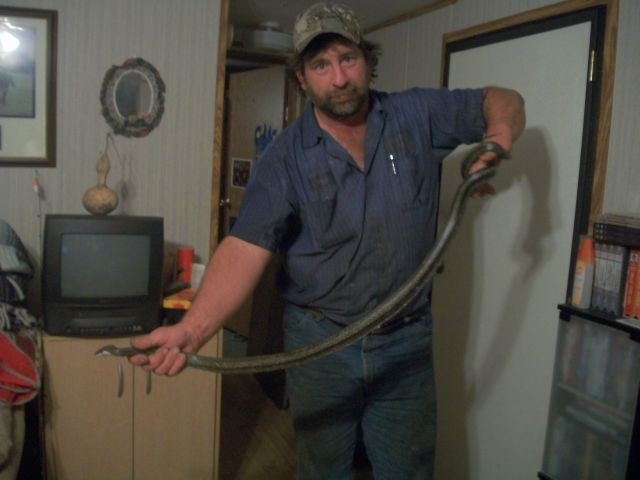

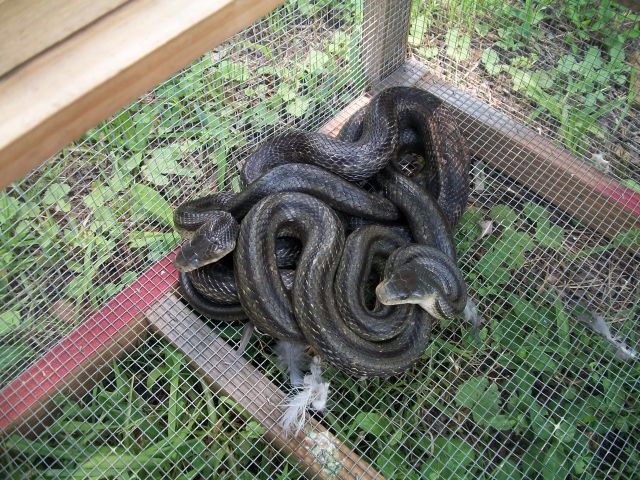
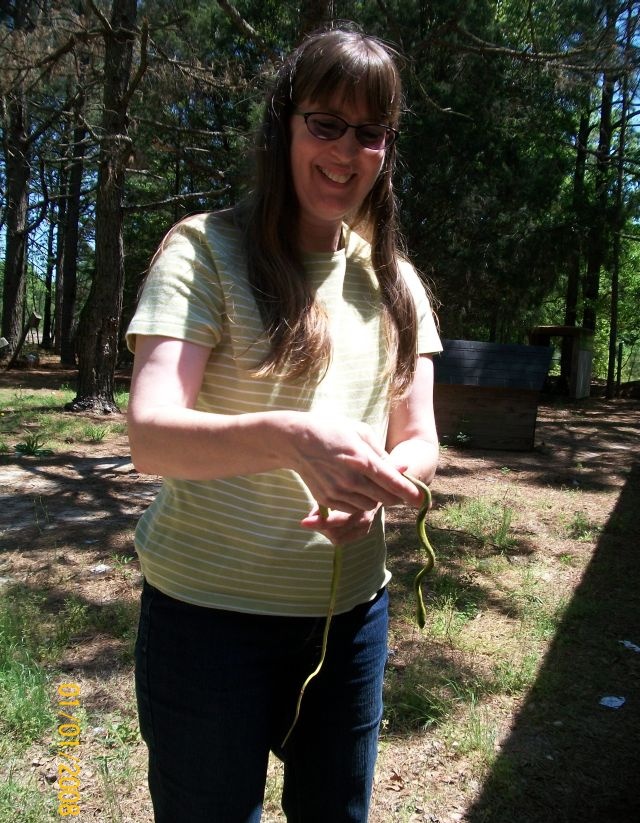
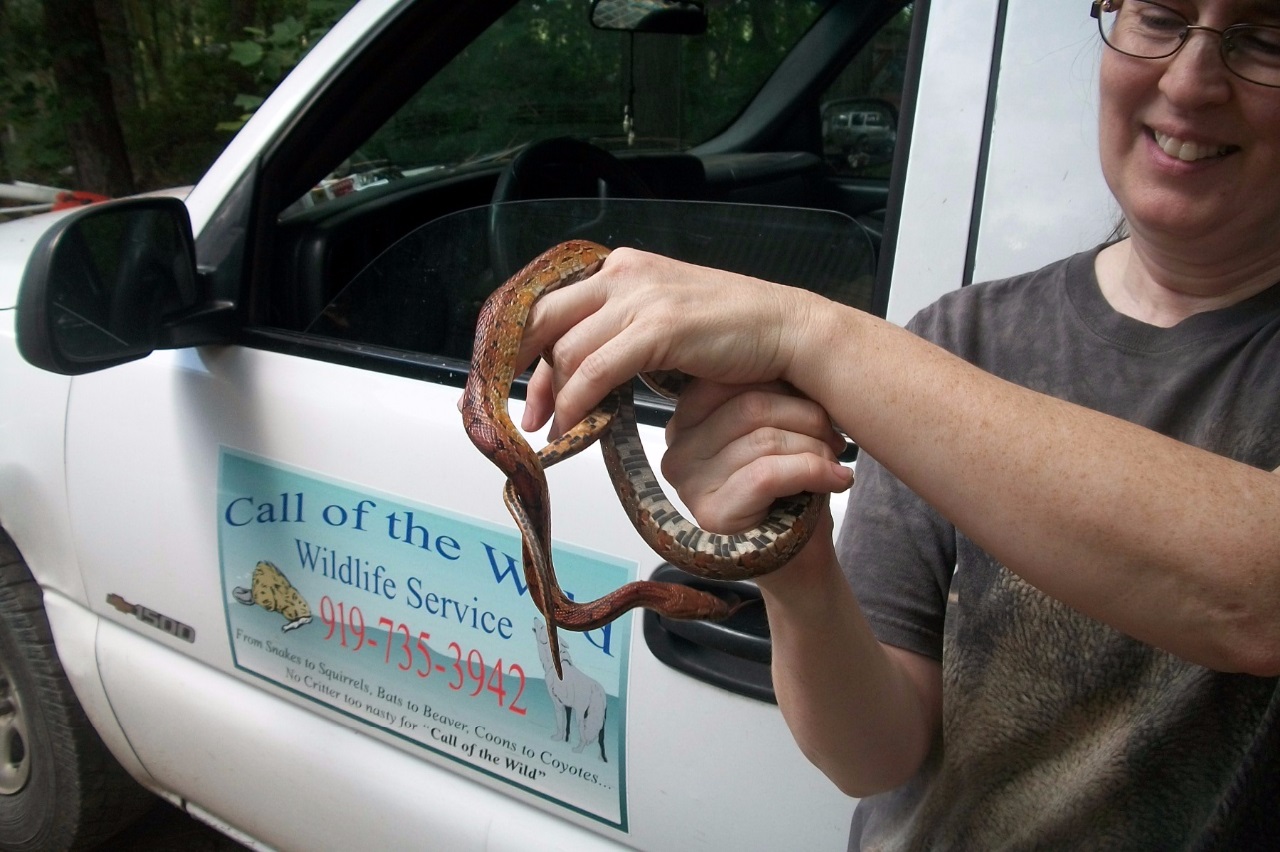
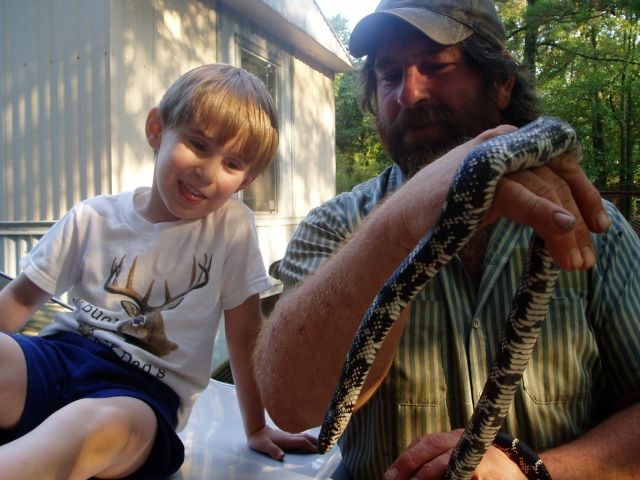



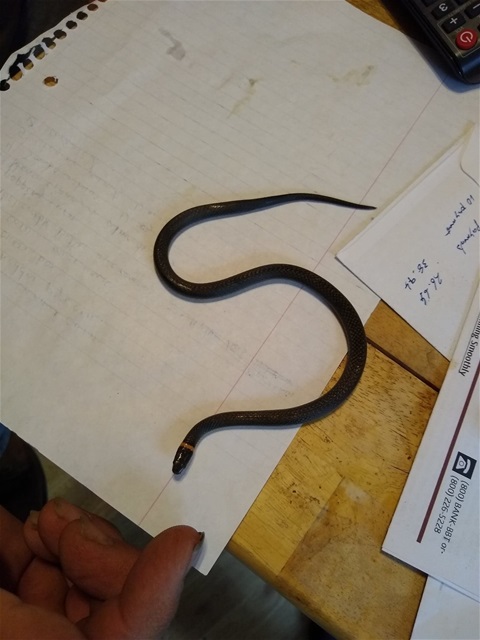
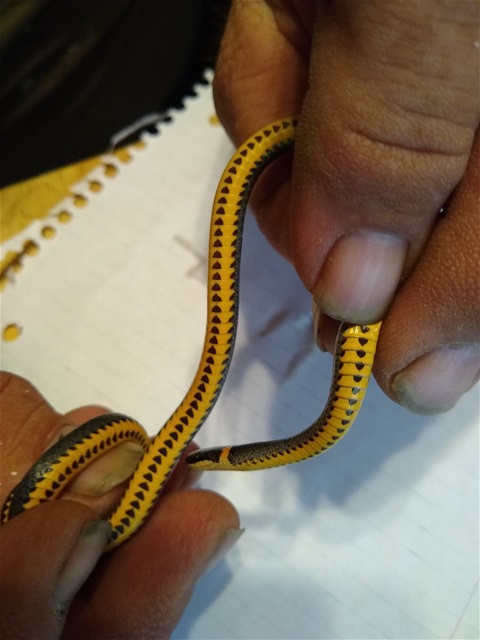
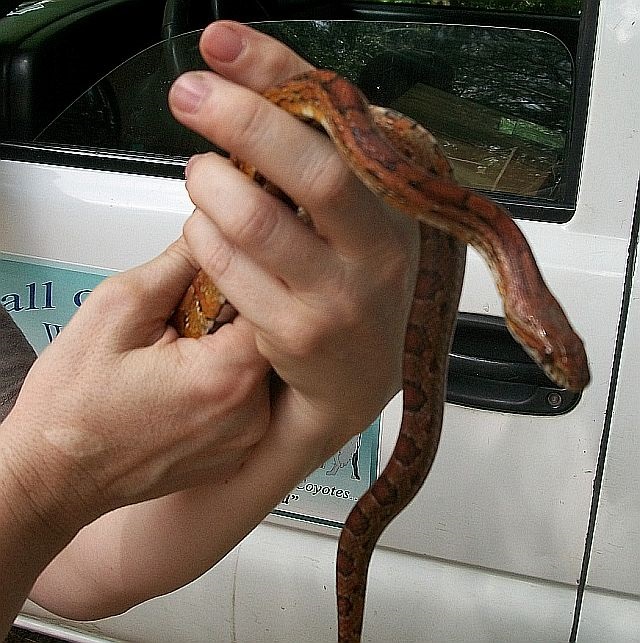
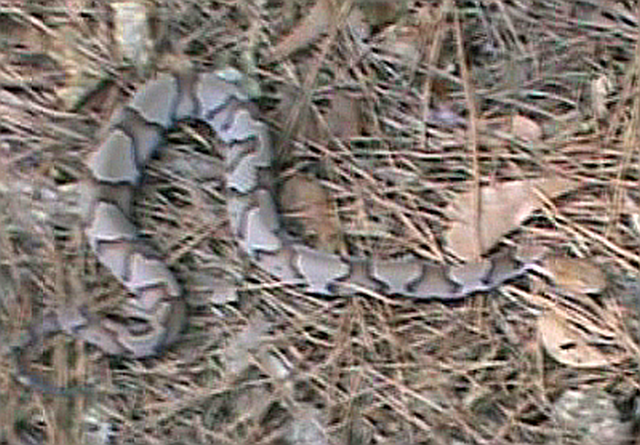
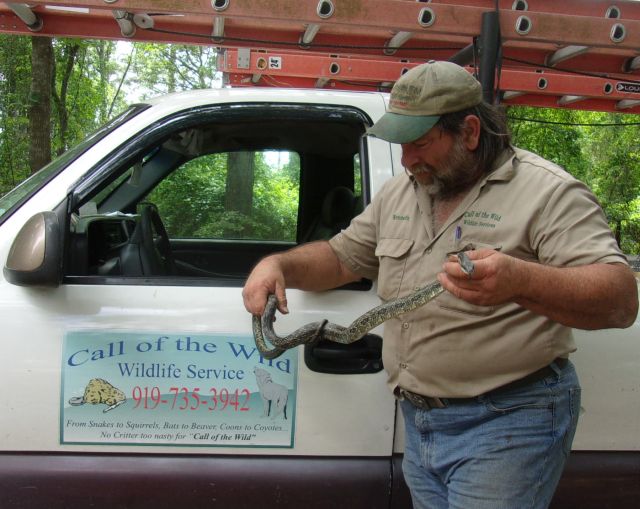
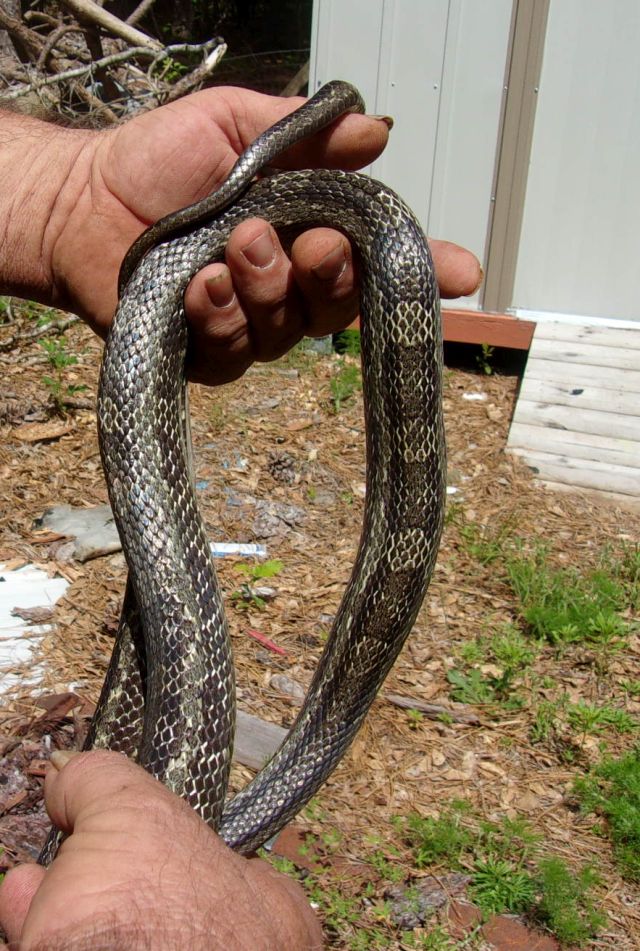
Latest comments
There is none. All that's mentioned is "native" wildlife and there are tons or restrictions there.I think there needs to be more restrictions on exotic pets just makes good sense.http://onedaytop.com/
Howdy, Mike! Welcome to my web site!
I've checked the regulations for some mention of exotics. There is none. All that's mentioned is "native" wildlife and there are tons or restrictions there.
I think there needs to be more restrictions on exotic pets just makes good sense. If allowed only qualified people with proper facilities shold be able too .But dont understand why I cant gig frogs!